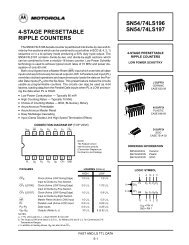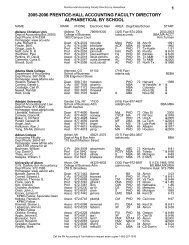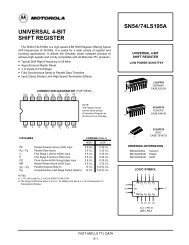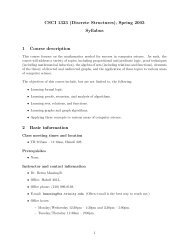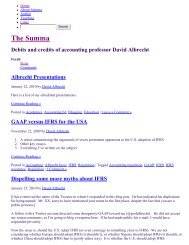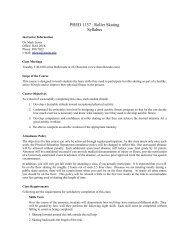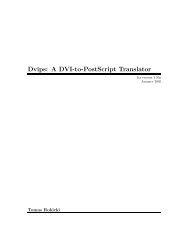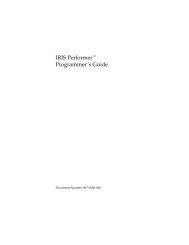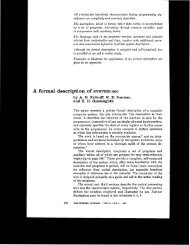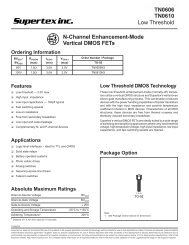fair value hedge accounting for a portfolio hedge of interest rate risk
fair value hedge accounting for a portfolio hedge of interest rate risk
fair value hedge accounting for a portfolio hedge of interest rate risk
Create successful ePaper yourself
Turn your PDF publications into a flip-book with our unique Google optimized e-Paper software.
EXPOSURE DRAFT OF PROPOSED AMENDMENTS TO [DRAFT] IAS 39 AUGUST 2003<br />
Invitation to Comment<br />
The International Accounting Standards Board invites comments on the<br />
changes to IAS 39 proposed in this Exposure Draft. It would particularly<br />
welcome answers to the questions set out below. Comments are most helpful<br />
if they indicate the specific paragraph or group <strong>of</strong> paragraphs to which they<br />
relate, contain a clear rationale and, where applicable, provide a suggestion <strong>for</strong><br />
alternative wording.<br />
The Board is not requesting comments on matters other than<br />
those set out in this Exposure Draft.<br />
Comments should be submitted in writing so as to be received no later than<br />
14 November 2003.<br />
Question 1<br />
Draft paragraph 128A proposes that in a <strong>fair</strong> <strong>value</strong> <strong>hedge</strong> <strong>of</strong> the <strong>interest</strong> <strong>rate</strong> <strong>risk</strong><br />
associated with a portion <strong>of</strong> a <strong>portfolio</strong> <strong>of</strong> financial assets (or financial<br />
liabilities), the <strong>hedge</strong>d item may be designated in terms <strong>of</strong> an amount <strong>of</strong> assets<br />
(or liabilities) in a maturity time period, rather than as individual assets or<br />
liabilities or the overall net position. It also proposes that the entity may <strong>hedge</strong><br />
a portion <strong>of</strong> the <strong>interest</strong> <strong>rate</strong> <strong>risk</strong> associated with this designated amount.<br />
For example, it may <strong>hedge</strong> the change in the <strong>fair</strong> <strong>value</strong> <strong>of</strong> the designated<br />
amount attributable to changes in <strong>interest</strong> <strong>rate</strong>s on the basis <strong>of</strong> expected, rather<br />
than contractual, repricing dates. * However, the Board concluded that<br />
ineffectiveness arises if these expected repricing dates are revised (eg in the<br />
light <strong>of</strong> recent prepayment experience), or actual repricing dates differ from<br />
those expected. Draft paragraph A36 describes how the amount <strong>of</strong> such<br />
ineffectiveness is calculated. Paragraphs BC16-BC27 <strong>of</strong> the Basis <strong>for</strong><br />
Conclusions set out alternative methods <strong>of</strong> designation that the Board<br />
considered, their effect on measuring ineffectiveness and the basis <strong>for</strong> the<br />
Board’s decisions including why it rejected these alternative methods.<br />
Do you agree with the proposed designation and the resulting effect on<br />
measuring ineffectiveness? If not,<br />
(a) in your view how should the <strong>hedge</strong>d item be designated and why?<br />
* The repricing date <strong>of</strong> an item is the date on which the item will be repaid or repriced to market<br />
<strong>rate</strong>s.<br />
© Copyright IASCF 6




